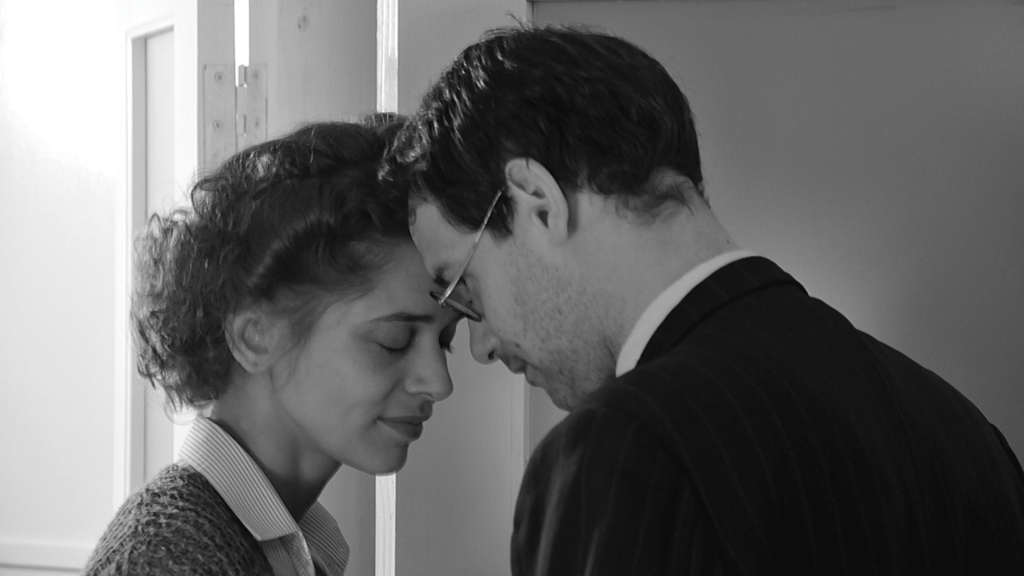
The Hungarian drama Fever at Dawn is a little movie with an epic romance. Set just after the liberation of the Nazi concentration camps, Hungarian invalids who survived the camps have been sent to convalesce in hospital camps in Sweden. A young patient, Miklos, gets a dire diagnosis and determines to find love once more before he dies. A half century before internet dating, he concocts a scheme to get himself in front of every sick Hungarian woman in Sweden. When he meets his potential soulmate Lili, a moral question rises to the surface – should he share his diagnosis with the woman he is courting?
Some Holocaust survivors experienced ambivalence about the very Jewish identity that led to yellow stars on their clothes and, essentially, targets on their backs. This ambivalence becomes a significant thread of Fever at Dawn and is addressed more explicitly than is common for Holocaust (or post-Holocaust) movies.
Don’t read too much about this movie before seeing it. There’s an unexpected nugget at the end.
I saw Fever at Dawn earlier this year at its US premiere at Cinequest. It’s being featured at this years San Francisco Jewish Film Festival (SJFF36), where you can see it at San Francisco’s Castro on July 26, at the Berkeley Rep’s Roda Theater on July 28, and at CineArts in Palo Alto on July 29.
